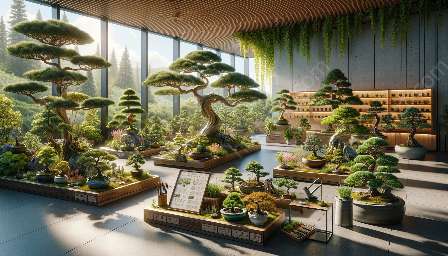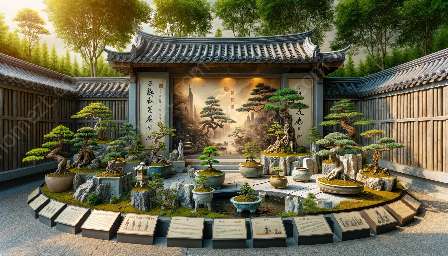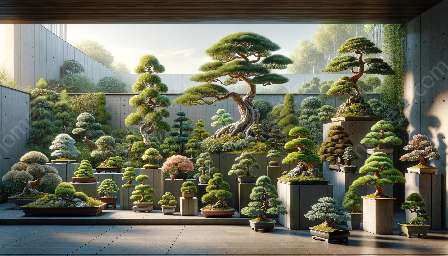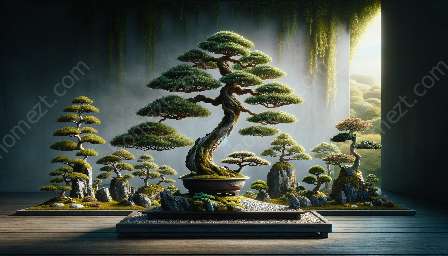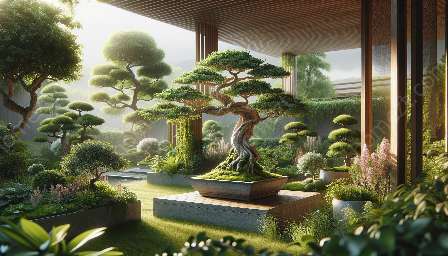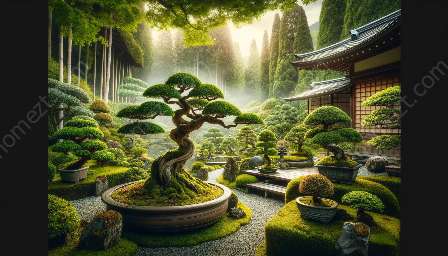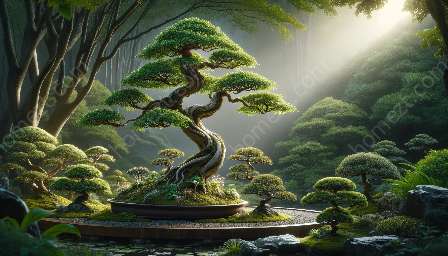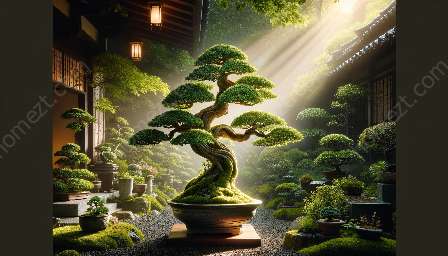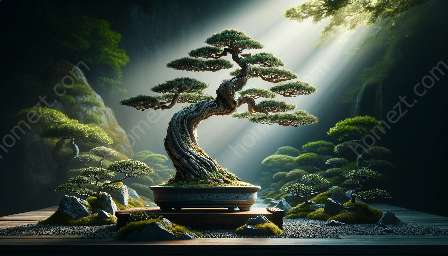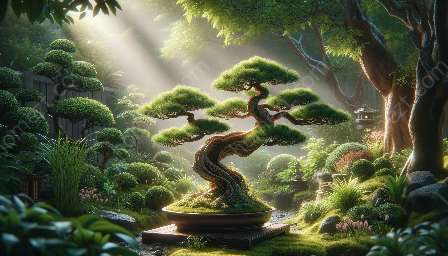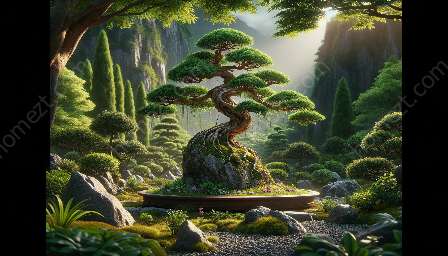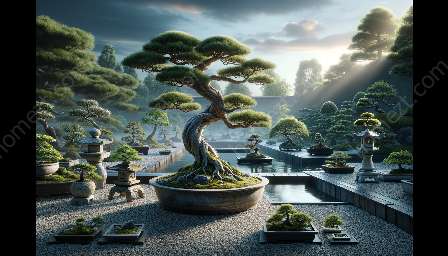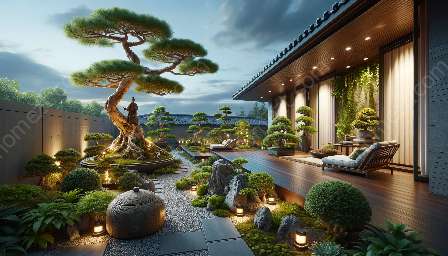Understanding the Formal Upright Bonsai Style
The formal upright style is a classic and popular form of bonsai tree cultivation. It is characterized by a straight, vertical trunk with a well-defined taper, and a primary branch structure that follows a balanced and symmetrical pattern. This style embodies a sense of strength, stability, and elegance, making it a favorite among bonsai enthusiasts. Creating and maintaining a formal upright bonsai requires careful attention to detail, shaping, and training to achieve the desired aesthetic.
Characteristics of Formal Upright Bonsai
The formal upright bonsai style showcases a vertically growing tree with a clearly identifiable trunk line and a well-developed root system. The primary branches radiate outwards in a balanced manner, creating an overall sense of harmony and stability. The foliage pads are arranged in a precise and orderly fashion, further enhancing the tree's aesthetic appeal.
Techniques for Cultivating Formal Upright Bonsai
Creating and maintaining a formal upright bonsai requires a combination of horticultural knowledge, artistic vision, and precise techniques. Here are some key techniques involved in cultivating a formal upright bonsai:
- Pruning: Regular pruning is essential to maintain the defined shape and structure of the formal upright style. This includes trimming back new growth, removing unwanted branches, and refining the overall silhouette of the tree.
- Wiring: Careful wiring is used to guide the direction of branches and create a balanced, symmetrical form. The use of aluminum or copper wire allows for gentle shaping without causing damage to the tree.
- Repotting: Proper repotting is crucial for maintaining the health and vigor of the formal upright bonsai. This involves root pruning, soil renewal, and pot placement to promote optimal growth.
- Training: Training the branches and foliage to grow in a specific manner is essential for achieving the desired aesthetic. This may involve using weights, clips, or other methods to encourage the development of the tree's form.
- Focal Points: Placing a formal upright bonsai as a focal point in a garden or landscape design draws attention and adds a sense of grace and elegance to the space.
- Outdoor Spaces: Integrating formal upright bonsai into outdoor spaces, such as patios, walkways, and courtyards, creates a peaceful and inviting atmosphere for relaxation and contemplation.
- Japanese Garden Design: Formal upright bonsai are often used in traditional Japanese garden designs to symbolize harmony, balance, and natural beauty. Incorporating them into such designs enhances the authenticity and aesthetic appeal of the space.
Integrating Formal Upright Bonsai into Garden and Landscape Design
Beyond individual cultivation, formal upright bonsai can be integrated into garden and landscape designs to evoke a sense of tranquility, permanence, and artistry. Here are some ideas for incorporating formal upright bonsai into your gardening and landscaping projects:
Conclusion
The formal upright bonsai style embodies a timeless grace and beauty, making it a prized addition to any bonsai collection or garden landscape. Understanding the techniques for cultivating, shaping, and integrating formal upright bonsai allows enthusiasts to appreciate and showcase the artistry and tradition of this classic style.

